Prathyusha Adiraju
PyCARL: A PyNN Interface for Hardware-Software Co-Simulation of Spiking Neural Network
Mar 21, 2020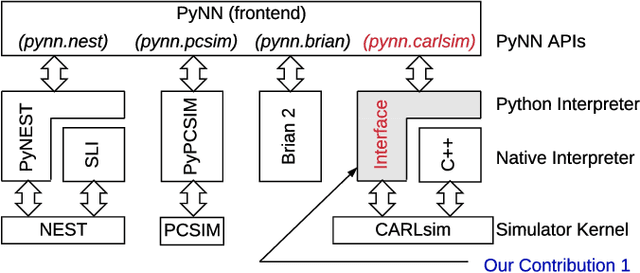
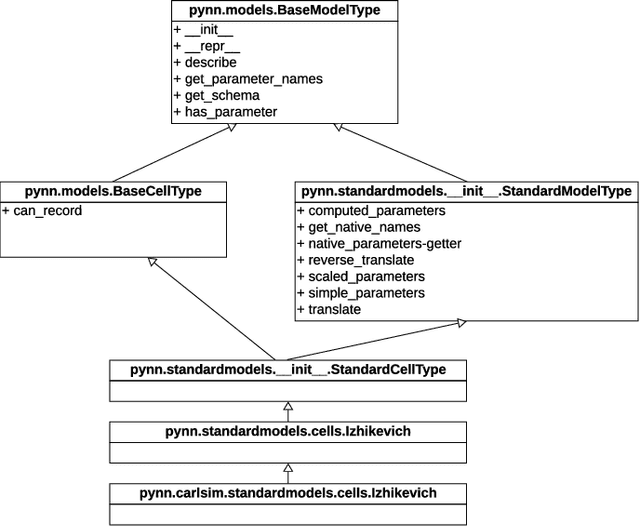
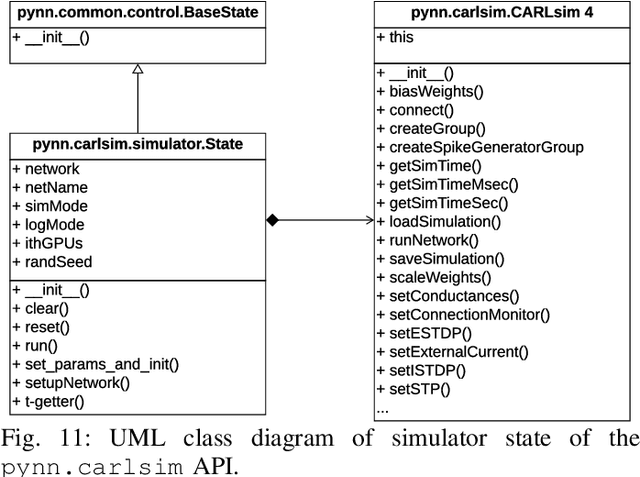

Abstract:We present PyCARL, a PyNN-based common Python programming interface for hardware-software co-simulation of spiking neural network (SNN). Through PyCARL, we make the following two key contributions. First, we provide an interface of PyNN to CARLsim, a computationally-efficient, GPU-accelerated and biophysically-detailed SNN simulator. PyCARL facilitates joint development of machine learning models and code sharing between CARLsim and PyNN users, promoting an integrated and larger neuromorphic community. Second, we integrate cycle-accurate models of state-of-the-art neuromorphic hardware such as TrueNorth, Loihi, and DynapSE in PyCARL, to accurately model hardware latencies that delay spikes between communicating neurons and degrade performance. PyCARL allows users to analyze and optimize the performance difference between software-only simulation and hardware-software co-simulation of their machine learning models. We show that system designers can also use PyCARL to perform design-space exploration early in the product development stage, facilitating faster time-to-deployment of neuromorphic products. We evaluate the memory usage and simulation time of PyCARL using functionality tests, synthetic SNNs, and realistic applications. Our results demonstrate that for large SNNs, PyCARL does not lead to any significant overhead compared to CARLsim. We also use PyCARL to analyze these SNNs for a state-of-the-art neuromorphic hardware and demonstrate a significant performance deviation from software-only simulations. PyCARL allows to evaluate and minimize such differences early during model development.
Unsupervised Heart-rate Estimation in Wearables With Liquid States and A Probabilistic Readout
Jul 18, 2017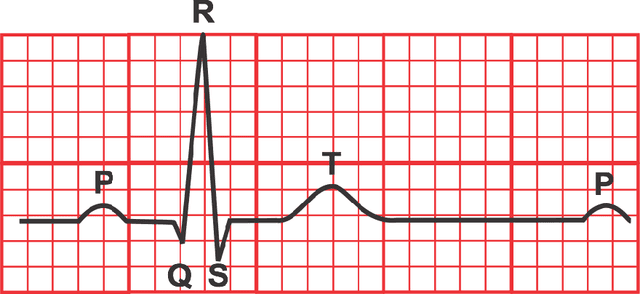
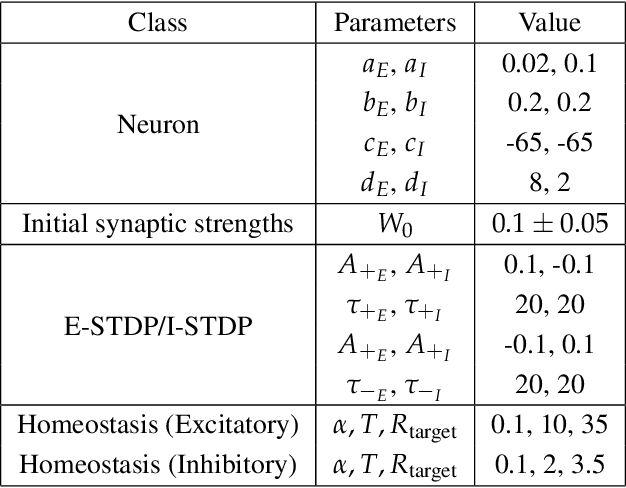


Abstract:Heart-rate estimation is a fundamental feature of modern wearable devices. In this paper we propose a machine intelligent approach for heart-rate estimation from electrocardiogram (ECG) data collected using wearable devices. The novelty of our approach lies in (1) encoding spatio-temporal properties of ECG signals directly into spike train and using this to excite recurrently connected spiking neurons in a Liquid State Machine computation model; (2) a novel learning algorithm; and (3) an intelligently designed unsupervised readout based on Fuzzy c-Means clustering of spike responses from a subset of neurons (Liquid states), selected using particle swarm optimization. Our approach differs from existing works by learning directly from ECG signals (allowing personalization), without requiring costly data annotations. Additionally, our approach can be easily implemented on state-of-the-art spiking-based neuromorphic systems, offering high accuracy, yet significantly low energy footprint, leading to an extended battery life of wearable devices. We validated our approach with CARLsim, a GPU accelerated spiking neural network simulator modeling Izhikevich spiking neurons with Spike Timing Dependent Plasticity (STDP) and homeostatic scaling. A range of subjects are considered from in-house clinical trials and public ECG databases. Results show high accuracy and low energy footprint in heart-rate estimation across subjects with and without cardiac irregularities, signifying the strong potential of this approach to be integrated in future wearable devices.
 Add to Chrome
Add to Chrome Add to Firefox
Add to Firefox Add to Edge
Add to Edge